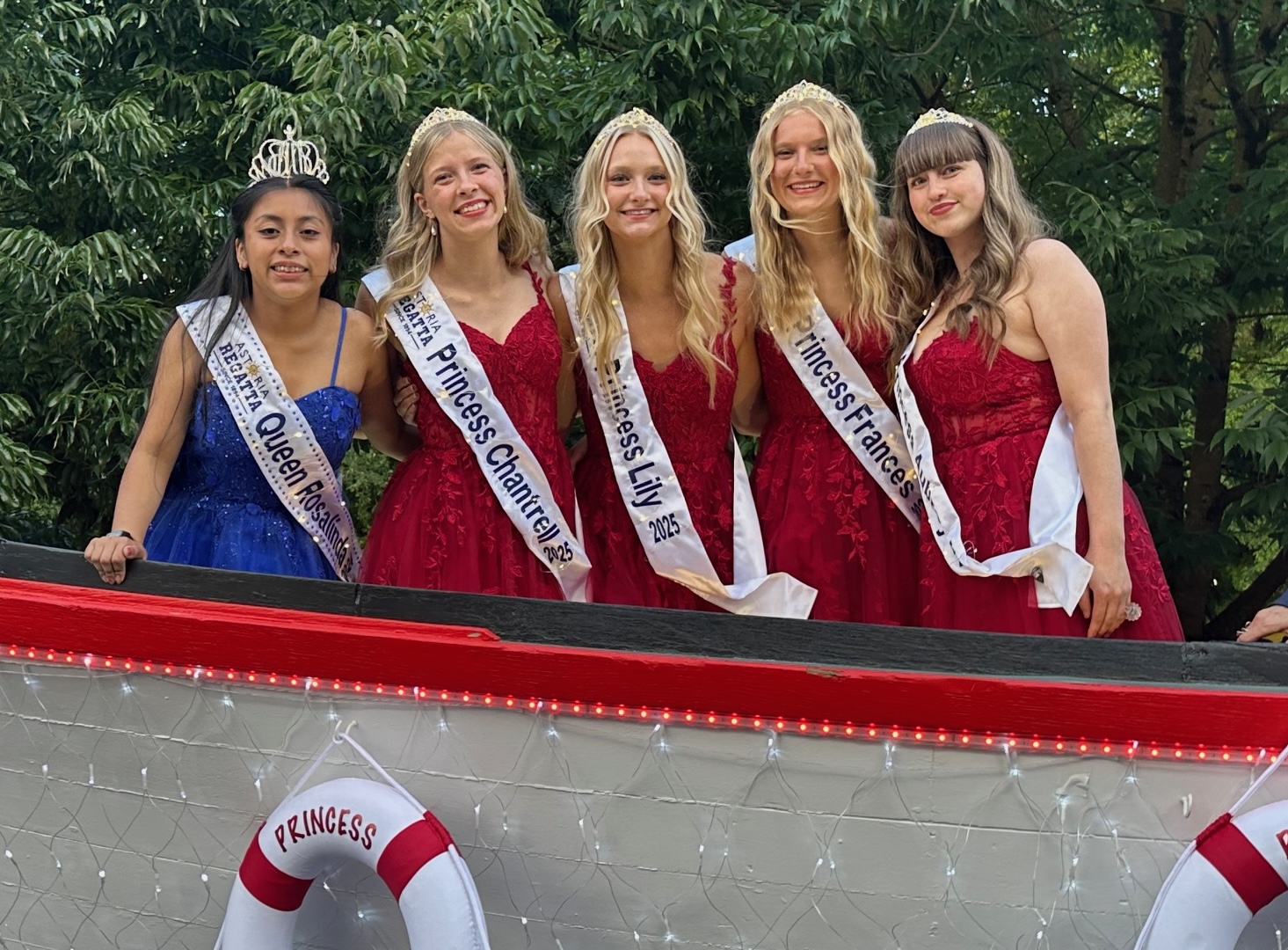Bookmonger: A map to America’s veteran warships
Published 9:00 am Wednesday, August 25, 2021

- The U.S. Navy destroyer USS Turner Joy underway in the Pacific Ocean in 1980.
‘The Fyddeye Guide to America’s Veteran Warships’ edited by Joe Follansbee
Fyddeye Media — 163 pp — paperback $17.95, Kindle $2.99
Trending
Joe Follansbee is going “down to the sea” again.
The author, who divides his time between Westport and Seattle and once served as spokesperson for the Lady Washington, has produced five maritime history books over the course of his writing career. But it’s been nine years since his last book in this genre.
Whether it was the pandemic or some other reason that gave him the time and inspiration, he is back this summer with not just one, but two maritime-themed guides to spark your wanderlust.
“The Fyddeye Guide to America’s Maritime Museums” will be coming out in mid-September. In the meantime, check out “The Fyddeye Guide to America’s Veteran Warships,” which is available now.
This robust guide includes all manner of historic vessels that you can visit throughout the country, even in relatively “landlocked” states like Nebraska, Kentucky and Oklahoma. But it begins by listing almost 250 boats and ships that have been retired from military service and now interpret various chapters of our nation’s naval history.
Close to home, the Lightship Columbia at the Columbia River Maritime Museum is mentioned, along with the Westport Maritime Museum, which has a U.S. Coast Guard lifeboat in its collection that awaits restoration. You’ve probably also heard about the USS Blueback, the last diesel-powered submarine built by the U.S. Navy, and is now on exhibit at the Oregon Museum of Science & Industry.
But did you know about the Amphibious Forces Memorial Museum and the PT-658 museum ship, which are run by smaller organizations, but also are located upriver in the Portland area?
A little further afield, the Naval Undersea Museum has more submarines on exhibit in Keyport, Washington. And the Bremerton Historic Ships Association operates the destroyer USS Turner Joy as a floating museum. It played a role early on in the Vietnam War. For more from that era of naval history, the Bellingham International Maritime Museum has a couple of Patrol Boat Riverines on display as well as a hovercraft.
This guide provides one-sentence briefs on each vessel, along with website info, visitor information and whether the vessel is listed on the National Register of Historic Places or as a National Historic Landmark. Follansbee also includes latitude and longitude for geolocation. For landlubbers this might seem unnecessary, but it makes sense for boaters arriving by water.
Amidst the long listings, Follansbee also inserts a couple of short chapters that detail the history of certain fleets. These were welcome interludes, and there could have been more of them. Perhaps in a second edition?
Another wish would be for some geographical cross-referencing. At present, the back index is organized only by ship’s name. For a guide of this nature, it wouldn’t require all that much more effort to list ships also by the states in which they’re located.
But as sailors might say, that’s a storm in a teacup. Overall, “The Fyddeye Guide to America’s Veteran Warships,” gets a thumbs-up for encouraging us all to get out and explore these connections to our country’s diverse maritime history.
The Bookmonger is Barbara Lloyd McMichael, who writes this weekly column focusing on the books, authors and publishers of the Pacific Northwest. Contact her at barbaraLMcM@gmail.com









